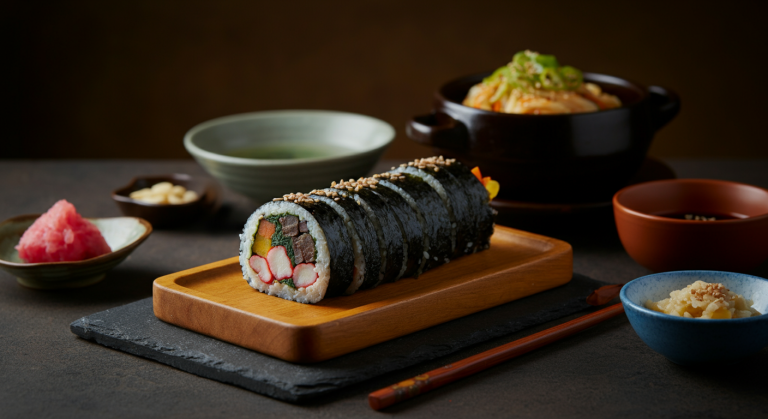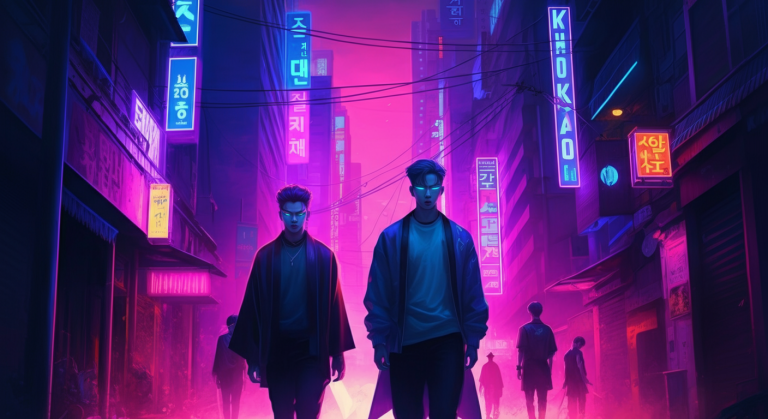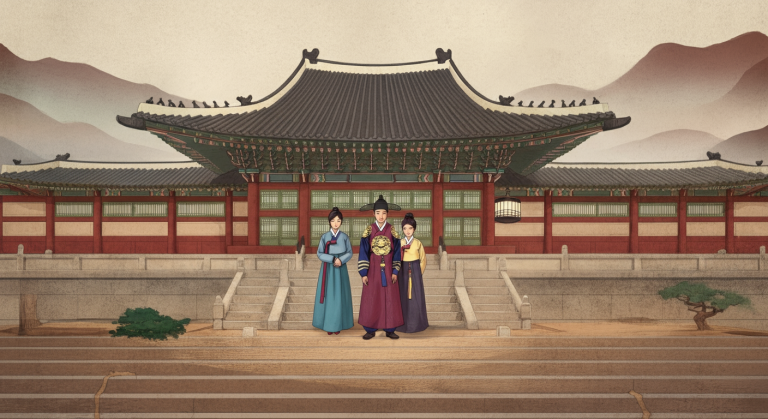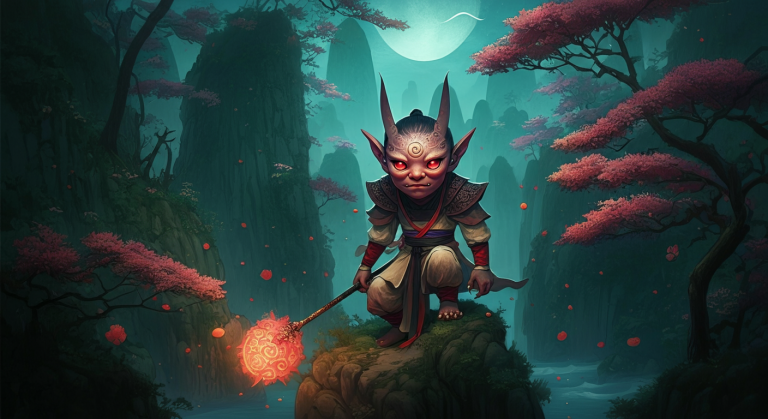Korean death messenger folklore: Saza boys?
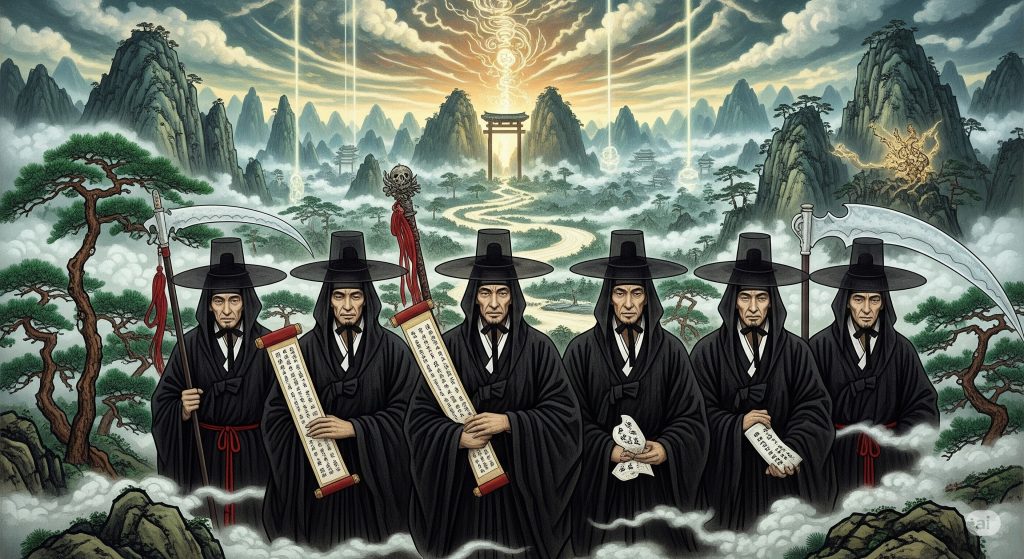
Prepare to have your perception of the afterlife transformed, because today we’re diving deep into the fascinating world of **Korean death messenger folklore (저승사자 이야기)**, a realm far richer and more complex than any simple “grim reaper” you might imagine. Forget the hooded, scythe-wielding figure you know from Western tales. Korea’s afterlife guides, the *저승사자* (jeoseungsaja), are a captivating blend of solemn duty, sartorial elegance, and, believe it or not, bureaucratic charm. Growing up in Korea, these stories weren’t just spooky tales; they were intricate narratives woven into our cultural fabric, shaping our understanding of life, death, and what truly matters. From ancient myths to blockbuster K-movies and even K-pop stages, the *저승사자* has evolved into an iconic figure, capturing the imaginations of global audiences and offering a unique window into the Korean psyche.
You might have glimpsed them in popular K-dramas, perhaps looking strikingly handsome in traditional black *한복* (hanbok – traditional Korean attire) and a distinctive *갓* (gat – horsehair hat), or even witnessed their dramatic flair in a music video. These aren’t just characters; they are embodiments of deep-seated Korean beliefs about karma, judgment, and the journey of the soul. They challenge the simplistic notion of death as an end, presenting it instead as a structured, often poignant, transition. Here’s the fascinating backstory that makes the Korean death messenger (저승사자) so much more than just a harbinger of doom—it’s a figure of justice, a guide, and sometimes, even a sympathetic presence. Trust me on this, once you understand the nuanced role of the *저승사자*, you’ll see a whole new layer to Korean storytelling and cultural identity.
Korean Death Messenger Folklore: Beyond the Grim Reaper
When you think of a death messenger, a cloaked skeleton with a scythe probably springs to mind, right? That’s the iconic Western Grim Reaper. But in **Korean death messenger folklore (저승사자 이야기)**, the concept takes a much more nuanced and, dare I say, stylish turn. The *저승사자* (jeoseungsaja), often translated as “underworld envoy” or “death messenger,” isn’t a mere embodiment of death itself. Instead, they are officials, bureaucrats of the afterlife, dispatched from the *저승* (jeoseung – the Korean underworld) to guide souls to their destined next phase. This isn’t about harvesting souls; it’s about orderly transition, ensuring everyone follows the proper protocol.
Growing up, these tales filled me with both awe and a healthy respect for the afterlife. Unlike the terrifying, faceless entity of the West, our *저승사자* felt more like stern, yet ultimately fair, civil servants. Their role is to ensure that a soul, whether righteous or burdened, makes its journey to the next world, where it will face judgment. It’s a remarkably structured and almost administrative process, reflecting a deep-seated cultural value of order and responsibility. This intricate system is a cornerstone of **Korean death messenger folklore**, setting it apart from more simplistic portrayals of death. You’ll love this story for its unique blend of the supernatural with the profoundly human.
The Distinctive Appearance of the Jeoseungsaja (저승사자 외형)
One of the most striking aspects of the *저승사자* is their appearance. Forget the tattered robes; these are figures of somber elegance. Traditionally, they are depicted wearing black *한복* (hanbok), the beautiful traditional Korean attire, often with a matching black *갓* (gat – a wide-brimmed horsehair hat that denotes status and scholarship). Their faces are usually pale, often unsmiling, embodying a serious demeanor befitting their weighty task. Sometimes they carry a register or scroll, indicating their official capacity. This formal attire is far from terrifying; it’s more about authority and solemnity.
Modern K-dramas, like the immensely popular “Goblin” (*도깨비*), have taken this traditional image and added a touch of contemporary flair. In “Goblin,” the *저승사자* (played by Lee Dong-wook) is incredibly handsome, often seen in a sleek black suit, yet still retaining the iconic *갓*—a nod to his ancient origins. This blend of old and new makes the character incredibly appealing and accessible to international audiences, showing that even death can have a certain *멋* (meot – coolness, style). The visual transformation highlights how **Korean death messenger folklore** adapts while retaining its core essence. This evolution is truly *대박* (daebak – amazing)!
A Bureaucracy of the Afterlife: Korean Death Messenger Folklore’s Deeper Meaning
The *저승* (jeoseung) is not just a dark void; it’s a complex, bureaucratic realm with various judges and administrators. The *저승사자* are essentially the field agents of this underworld government. Their job is not to punish or judge, but to escort the deceased to the judgment halls, where their deeds in life will be meticulously reviewed by powerful deities like *염라대왕* (Yeomra Daewang – King Yama). This structure emphasizes accountability and the belief that every action in life has consequences, a deeply ingrained concept in Korean philosophy. It’s a journey, not an abrupt end.
The presence of the *저승사자* signals the end of one’s earthly existence and the beginning of a new, albeit spiritually challenging, phase. They represent a sense of order in the universe, ensuring that everything proceeds as it should. This intricate system within **Korean death messenger folklore** resonates with the societal value of hierarchy and respect for processes. It suggests that even in death, there is a path to follow, a structure that offers a form of comfort or understanding in the face of the unknown.
‘Along with the Gods’: Redefining Korean Death Messenger Folklore in Pop Culture
No discussion of **Korean death messenger folklore** would be complete without talking about the monumental ‘Along with the Gods’ webtoon series and its subsequent blockbuster film adaptations. This franchise single-handedly revitalized the *저승사자* (jeoseungsaja) for a new generation, both in Korea and globally. It took the traditional concept of afterlife envoys and infused it with relatable human emotions, intricate character backstories, and a compelling narrative about justice, redemption, and the enduring power of human connection. The films brought these figures to life with stunning visuals, making the journey to the afterlife feel incredibly real and deeply personal.
The ‘Along with the Gods’ series humanized the *저승사자* in a way never seen before. Instead of stoic, detached figures, the three main envoys—Gang-rim, Haewonmak, and Deok-chun—were portrayed with their own struggles, past lives, and even moments of humor and profound sadness. They are not merely escorts but invested participants in the soul’s journey, actively advocating for the deceased. This portrayal cemented the idea that **Korean death messenger folklore** holds a deeper meaning beyond simply signifying the end of life; it’s about guiding souls towards their ultimate peace or reckoning, often with a touch of unexpected empathy.
The Trials of the Afterlife: Korean Death Messenger Folklore as Moral Guides
At the heart of ‘Along with the Gods’ is the concept of seven trials a soul must undergo in the *저승* (jeoseung) within 49 days, presided over by various underworld kings, including the formidable *염라대왕* (Yeomra Daewang – King Yama). These trials test the soul’s virtues: filial piety (*효* – hyo), honesty, betrayal, violence, murder, sloth, and injustice. The *저승사자* (jeoseungsaja) act as legal defenders, presenting evidence and arguing on behalf of the deceased. This dramatic setup brings a moral weight to **Korean death messenger folklore**.
This narrative brilliantly connects with core Korean societal values. For instance, *효* (hyo – filial piety), the deep respect and care for one’s parents, is a paramount virtue. Failing this can lead to severe punishment in the afterlife. The concept of *정* (jeong – a deep, often unexplainable affection or bond) also plays a crucial role, as the *저승사자* often witness the *정* between the living and the dead, influencing their actions. These elements transform the *저승사자* from mere guides into moral compasses, reflecting the importance of living a virtuous life. This perspective gives **Korean death messenger folklore** a truly unique ethical dimension. If you’re intrigued by how ancient narratives shape modern values, you might also enjoy reading about Dangun Story: Unyielding Korean Soul.
From Guardians to Storytellers: The Evolution of Korean Death Messenger Folklore
The immense success of ‘Along with the Gods’ showcased how traditional **Korean death messenger folklore** could be reimagined for a global audience, proving that these ancient stories have a timeless appeal. By giving the *저승사자* (jeoseungsaja) complex personalities and intertwining their fates with the souls they guide, the series moved beyond simple myth to profound storytelling. It explored themes of forgiveness, the impact of one’s choices, and the idea that even those who seem sternest might carry their own burdens.
This evolution didn’t just entertain; it educated. It introduced millions to the intricate workings of the Korean afterlife, its unique deities, and its moral framework. The *저승사자* transitioned from being figures of fear to characters that evoke empathy and understanding. This reinterpretation illustrates the dynamic nature of Korean culture, capable of preserving its heritage while constantly innovating and finding new ways to connect with contemporary audiences. It’s a true testament to the power of a good story, don’t you think?
K-Pop’s Saza Boys and the Modern Twist on Korean Death Messenger Folklore
Now, let’s talk about where traditional folklore collides with cutting-edge pop culture in the most unexpected and electrifying way: K-pop! The concept of the *저승사자* (jeoseungsaja) has even made its way onto the K-pop stage, most notably with the fictional “Saza boys” from the webtoon ‘K-Pop Demon Hunters’. This is where **Korean death messenger folklore** gets a truly modern, charismatic makeover, showing just how versatile and adaptable these cultural figures are. It’s a vibrant, visually stunning blend that only K-pop could deliver.
Imagine the solemn, black-clad figures of the underworld suddenly performing gravity-defying choreography with razor-sharp precision. This fusion is pure K-pop magic, taking a deeply ingrained cultural symbol and making it incredibly cool and current. It’s an example of how K-pop doesn’t just entertain; it subtly introduces global fans to the richness of Korean heritage, making something ancient feel fresh and exciting. This phenomenon proves that the *저승사자* is not just a character from old tales, but a living, breathing icon in contemporary Korean identity, especially within the context of **Korean death messenger folklore**.
칼군무 (Kalgunmu) and Charismatic Reapers: A K-Pop Death Messenger Folklore Phenomenon
The “Saza boys” concept is brilliant because it taps into one of K-pop’s most iconic elements: *칼군무* (kalgunmu – perfectly synchronized choreography). Imagine *저승사자* (jeoseungsaja) moving as one, their every gesture precise and powerful. The stark visual contrast of these ancient figures, traditionally associated with somber duties, performing such dynamic and intricate dances is absolutely captivating. It’s unexpected, it’s visually stunning, and it generates a tremendous amount of hype. This is a visual feast, trust me on this!
This artistic choice isn’t just for show; it recontextualizes the image of the *저승사자*. They become powerful, almost superhuman beings, capable of both guiding souls and commanding a stage. The seriousness of their traditional role is underscored by the intensity of their *칼군무*, creating a unique and charismatic persona. It’s a fantastic way to introduce the gravitas of **Korean death messenger folklore** to an audience that might otherwise find the concept intimidating. It turns ancient fear into modern fascination, and honestly, who wouldn’t want to follow a *저승사자* who can dance like that? It’s utterly *대박* (daebak – amazing)!
Reimagining the Beyond: Korean Death Messenger Folklore in Contemporary Media
Beyond ‘K-Pop Demon Hunters’, the *저승사자* (jeoseungsaja) figure continues to inspire in various forms of contemporary Korean media. From webtoons and video games to other K-dramas like “Hotel del Luna,” where the afterlife manager and her staff have their own unique supernatural roles, the fascination with death messengers persists. These portrayals often delve into the emotional complexities surrounding death, grief, and the unfinished business of the living and the dead. This shows how flexible and resonant **Korean death messenger folklore** can be across different genres.
These stories often explore profound Korean concepts like *한* (han – a deep-seated sorrow, resentment, or unresolved grief), which is believed to linger and prevent a soul from moving on peacefully. The *저승사자* in these modern narratives sometimes act as agents of catharsis, helping souls find peace or resolve their *한*. This demonstrates a deep cultural understanding that death isn’t just a physical end but an emotional and spiritual journey. Having observed how these traditions evolve, it’s clear that the essence of these tales resonates with a universal human experience. If you’re interested in how deep-rooted Korean narratives inspire creativity and resilience, you might find our article on Dangun Story: Unyielding Korean Soul equally fascinating.
Explore more about Korean culture on Visit Korea.
Conclusion: The Enduring Journey of Korean Death Messenger Folklore
From ancient myths to the silver screen and even the K-pop stage, the **Korean death messenger folklore (저승사자 이야기)** offers a compelling narrative that transcends simple fear of the unknown. Unlike the solitary Grim Reaper of Western tradition, the *저승사자* (jeoseungsaja) are complex figures—bureaucrats, guides, and sometimes even empathetic companions on the soul’s most important journey. Their black *한복* (hanbok) and *갓* (gat) have become iconic, evolving from solemn traditional wear to symbols of modern cool.
The power of stories like ‘Along with the Gods’ and the unexpected charm of K-pop’s “Saza boys” demonstrate how deeply ingrained **Korean death messenger folklore** is in the national consciousness and how adaptable it is to new forms of storytelling. These modern interpretations have not only made these ancient figures accessible but also incredibly appealing to international audiences, offering a unique glimpse into Korean philosophy about life, death, and morality. As someone deeply familiar with Korean culture, it’s incredibly rewarding to see these stories connect with people worldwide.
So, the next time you encounter a *저승사자* in a K-drama or webtoon, remember they are more than just messengers of death. They are guardians of an ancient system, embodying justice, order, and the enduring human quest for meaning beyond the veil. They are a testament to the richness and depth of Korean cultural narratives, continually reimagined yet forever rooted in tradition. It’s a reminder that even in the face of the ultimate unknown, there can be structure, purpose, and a captivating journey. That’s the enduring magic of **Korean death messenger folklore**!

